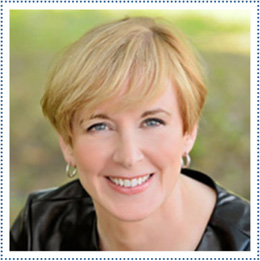So my friend (and travelling webguru) Andy Bowers sent me a link to an article from the Globe and Mail today. The Public Sector Accounting Board (I know, I know, you’re thinking “Oh please Jane, not accounting, no, no, no!” but bear with me) has been scrutinizing ways to recognize the value of a wide range of natural settings “from rivers and pounds to fields and marshes”. One interesting note in the article: “For example adding the value of a river or a marsh to its assets could enhance a city’s credit rating”. Now of course the Globe and Mail – unlike other publications I subscribe to – has a severe paywall and I can’t figure out how to post the article here. Among others quoted is the INTACT Centre on Climate Adaptation funded by reps of the Insurance Industry- who know first hand the costs of Climate Change!. But instead it might be interesting to go this link from the Municipal Natural Assets Initiative which discusses how Gibson BC did this very thing and how it changed the way the municipality thought about its natural assets. Here’s the link.
https://mnai.ca/media/2019/07/SP_MNAI_Report2_June2019.pdf ![]()
It is also a great illustration of the guiding principles that the Environmental Advisory Committee has operated with:
- Be Fact Based
- Search Out Best Practices
- Don’t Reinvent the Wheel
- Employ Data – quantify expected impacts both environmentally and economically and recommend specific quantifiable actions
Those are the guiding principles I would operate with as your Councillor.




 Just when I thought the survey requests were over, I got a survey request from All Welcome Here.
Just when I thought the survey requests were over, I got a survey request from All Welcome Here.


